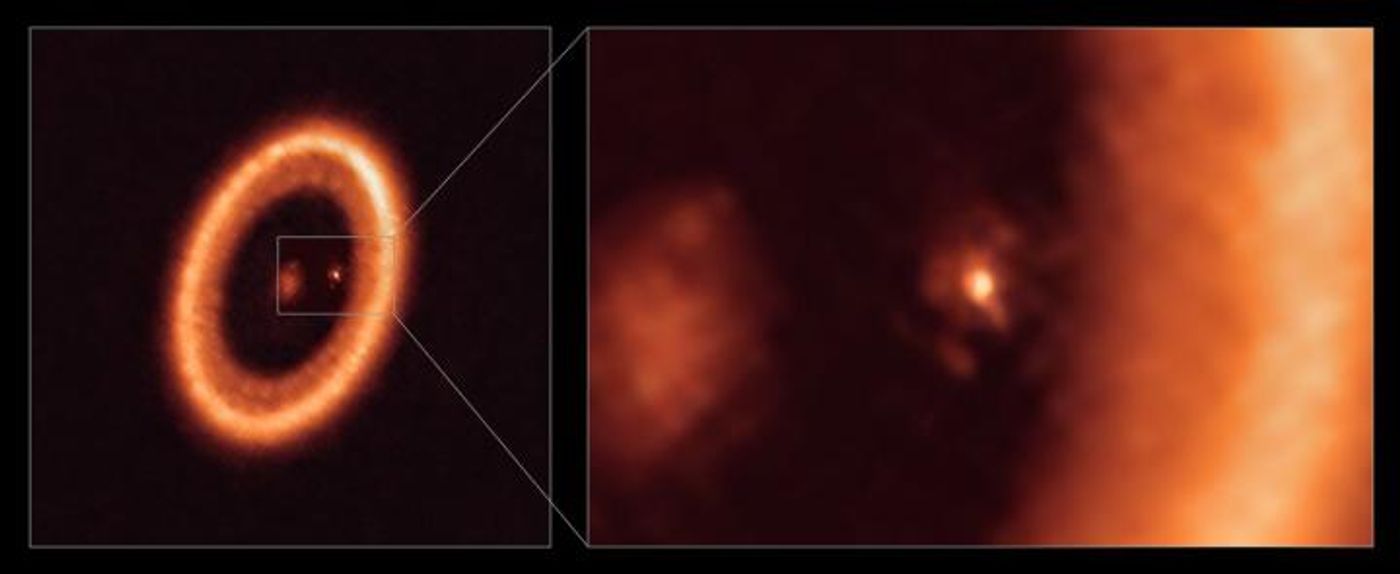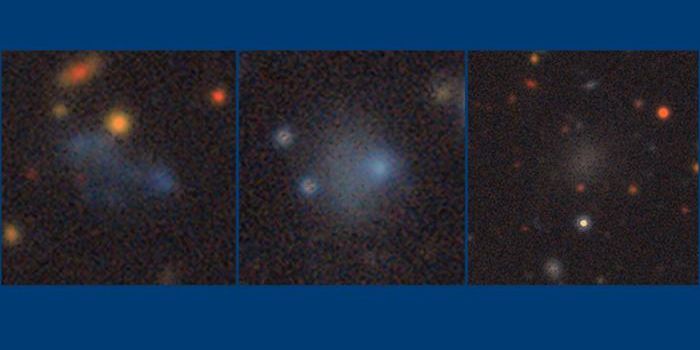A Moon-Forming Disc is Observed Surrounding an Exoplanet
Researchers have been able to detect a disc surrounding an exoplanet called PDS 70c with the Atacama Large Millimeter/submillimeter Array (ALMA). The planet is one of two massive planets that are orbiting a star that's about 400 light-years away from us. Astronomers had some evidence that this circumplanetary disc existed, and now they've clearly differentiated it from its surrounding environment. This research might help fill in some of the gaps in our knowledge about moon and planet formation in young stellar systems. The findings have been reported in The Astrophysical Journal Letters.
"Our work presents a clear detection of a disc in which satellites could be forming," said the research leader Myriam Benisty, a researcher at the University of Grenoble and University of Chile. "Our ALMA observations were obtained at such exquisite resolution that we could clearly identify that the disc is associated with the planet and we are able to constrain its size for the first time."
The researchers determined that the distance between the Earth and our Sun is roughly comparable to the diameter of the disc. They estimated that there's enough mass in the disc to generate three or more satellites the size of our Moon.
Planets can take up material from the discs of stuff that swirl around young stars. They may also form a cavity in the circumplanetary disc, and gain their own disc in the process, which may affect the planet's size. Large bodies may still keep forming satellites and create moons as this occurs. But scientists still have a lot more to learn about these processes.
"In short, it is still unclear when, where, and how planets and moons form," said study co-author and ESO Research Fellow Stefano Facchini.
"More than 4000 exoplanets have been found until now, but all of them were detected in mature systems. PDS 70b and PDS 70c, which form a system reminiscent of the Jupiter-Saturn pair, are the only two exoplanets detected so far that are still in the process of being formed," added study co-author Miriam Keppler, a researcher at the Max Planck Institute for Astronomy in Germany.
Facchini noted that there's a "unique opportunity to observe and study the processes of planet and satellite formation" in this system.
Sources: AAAS/Eurekalert! via ESO, The Astrophysical Journal Letters









